In the heart of British Columbia, Canada, lies a town frozen in time. Barkerville was once a bustling hub of activity during the Cariboo Gold Rush but it now stands abandoned, a poignant reminder of the fleeting nature of fortune and the legacy of the Wild West. It is perhaps the most well known of Canada’s abandoned Gold Rush ghost towns.
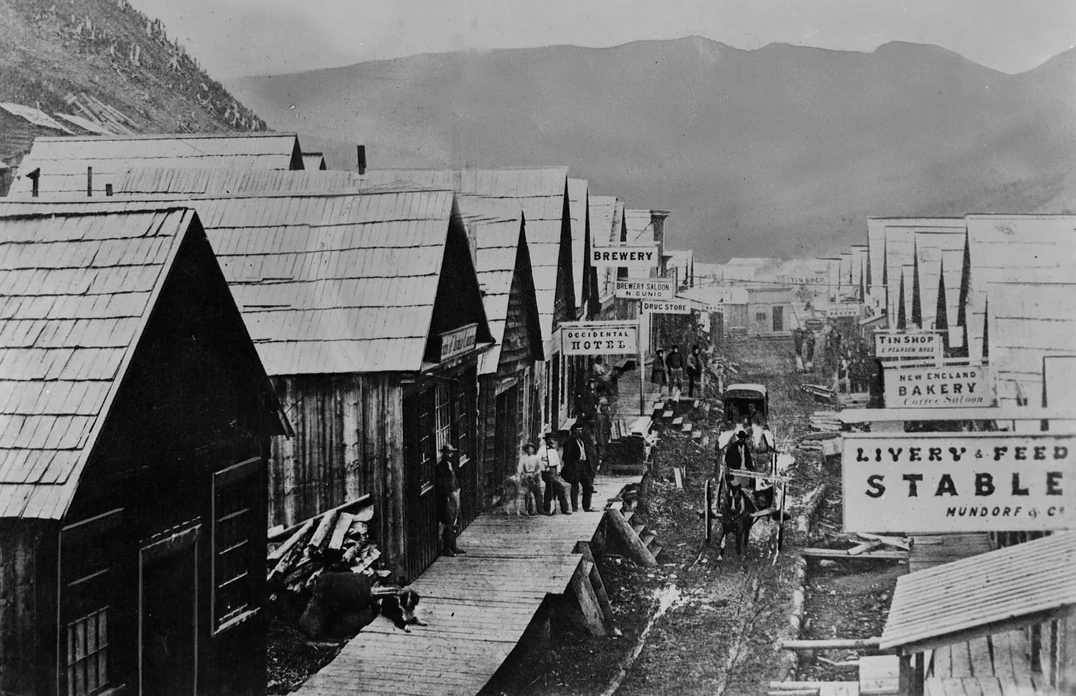
Where is Barkerville?
Barkerville is located in the central interior of British Columbia, Canada. It’s approximately 80 km (50 miles) east of Quesnel and 8 km (5 miles) east of Wells in the foothills of the Cariboo Mountains. You can get there by taking the Barkerville Highway (BC Highway 26) which follows the original Cariboo Wagon Road. Vancouver, the biggest city in British Columbia, is about 600 km (370 miles) to the southwest.
The History of Barkerville
The discovery of gold in 1861 ignited a frenzy that transformed Barkerville from a remote outpost into the largest city north of San Francisco and west of Chicago. Named after Billy Barker, the lucky prospector who struck it rich, the town quickly became a magnet for dreamers and adventurers seeking their fortunes.
William “Billy” Barker was an English prospector. Born in 1817, he worked as a waterman before seeking his fortune abroad. In 1861, he struck gold on Williams Creek and his discovery lead to the founding of Barkerville.
Despite its remote location, Barkerville thrived. The Cariboo Road, carved through the wilderness, improved access and fuelled the town’s exponential growth. By the mid-1860s, Barkerville boasted a population of 5,000, complete with shops, saloons, a theatre and even a church. The town’s multicultural character was evident, with a significant Chinese community contributing to its vibrant economy.
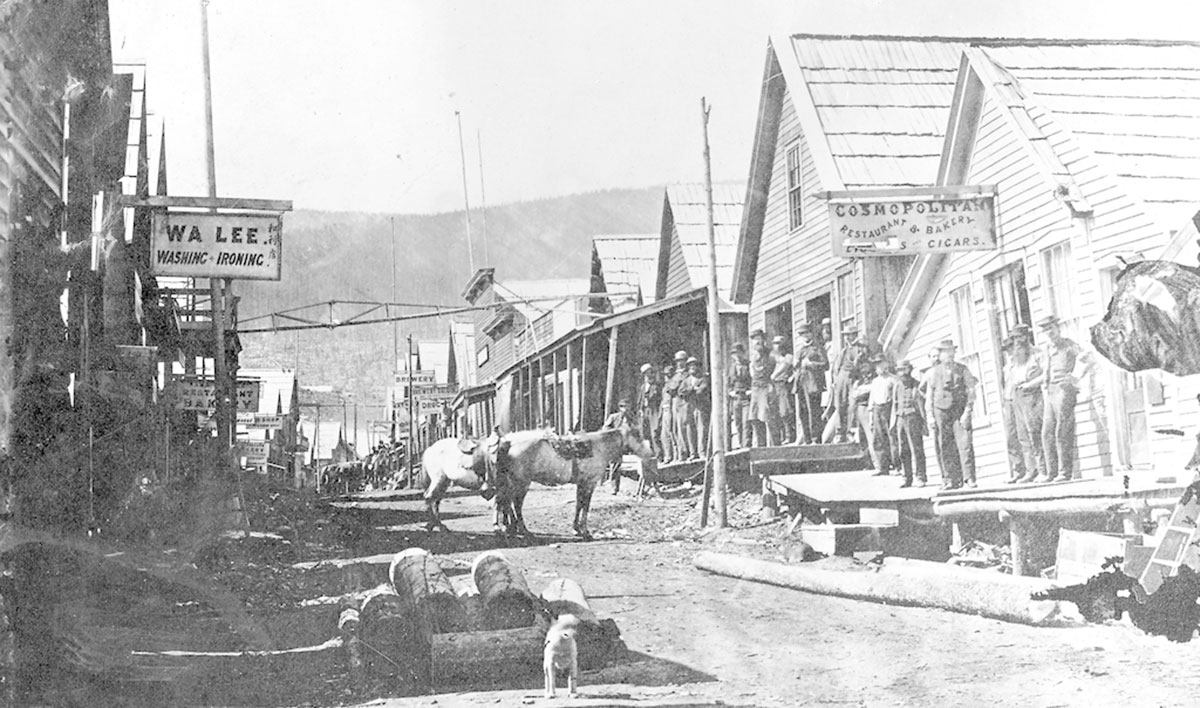
The Chinese community faced discrimination and were often relegated to specific areas like Chinatown. They played a vital role in the town’s development. Their influence is still visible today in the preserved Chinatown and in cultural events celebrating their heritage.
The region was originally home to the Dakelh and Secwepemc First Nations. While their presence during the Gold Rush is often overlooked, they played a crucial role in assisting miners and providing essential services.
Beyond the British, Europeans also came from France, Germany, Italy and other countries. There were also Americans, some coming from California, bringing their expertise in mining and prospecting with them.
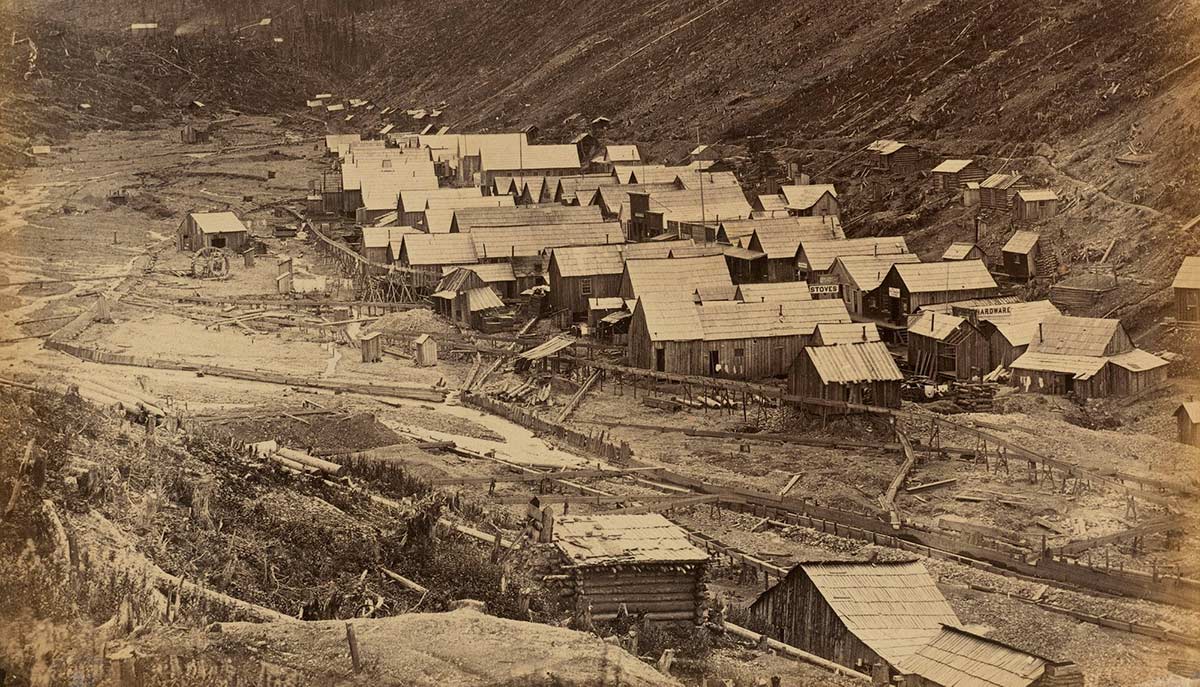
Life in Barkerville was not without its challenges. The high cost of living, fuelled by the difficulty of transporting goods, created a stark contrast between the opulence of the merchants and the hardships faced by many miners. The town also faced a major fire, which razed many of its wooden structures.
The Great Fire of Barkerville in 1868 was a devastating event that nearly destroyed the entire town. While the exact cause remains uncertain, it’s believed to have started in the evening in a saloon, possibly from a drunken miner knocking over a stovepipe.
Barkerville, constructed almost entirely of wood, had become tinder-dry due to a dry summer, making it extremely vulnerable to fire. Fuelled by strong winds, the fire quickly spread from building to building, giving people barely any time to escape with their lives, let alone save their possessions. Within a few hours, most of Barkerville was consumed, leaving only a few buildings standing on the outskirts.
Despite the devastation, the residents displayed remarkable resilience, immediately beginning to rebuild. Within a year, the town was largely restored to its former size, but this time with precautions like wider streets and firebreaks to prevent another disaster.
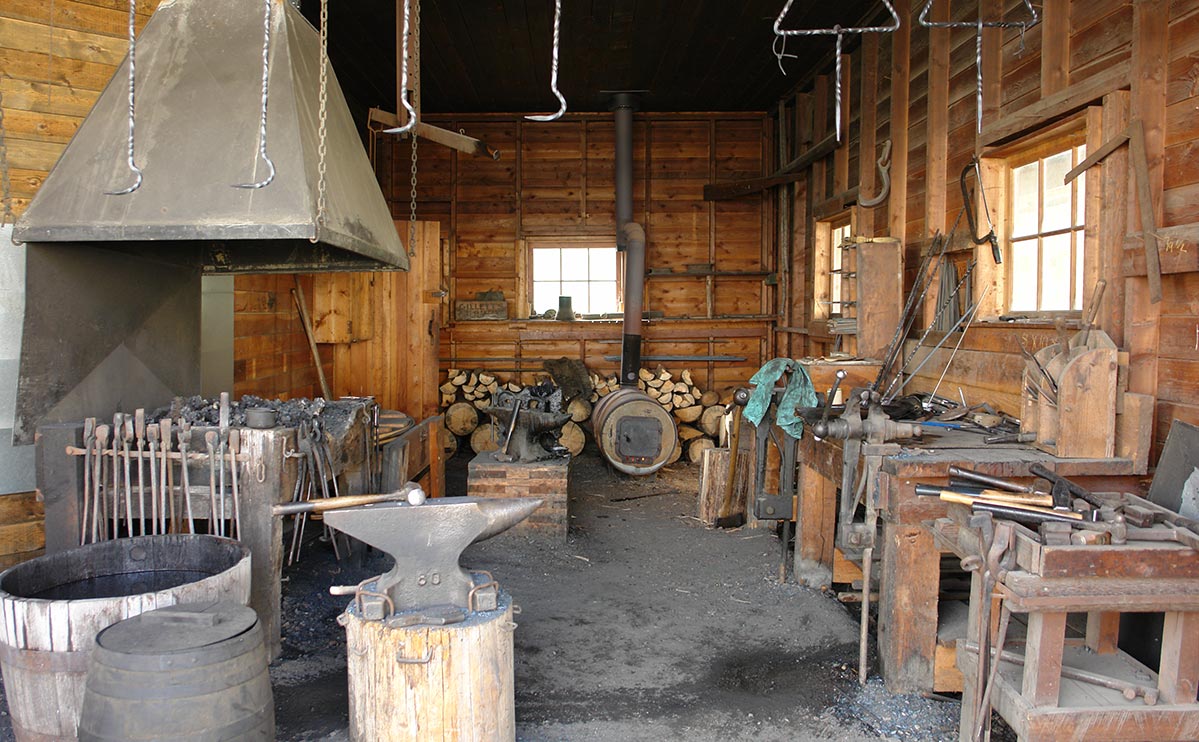
Life in Barkerville during the Gold Rush was a constant struggle for survival. Disease was rampant due to overcrowding, poor sanitation and limited medical care. Outbreaks of typhoid, smallpox and influenza were common and often fatal.
The town’s remote location deep in the Cariboo Mountains meant isolation was another major challenge. Travel was difficult and dangerous, especially in winter, limiting access to supplies, news and communication with the outside world.
Adding to the difficulties, Barkerville, like many boom towns, attracted criminals. Theft, robbery, and violence were not uncommon and law enforcement struggled to maintain order. Social tensions also arose from discrimination, particularly against Chinese and Indigenous peoples, leading to inequality and prejudice.
The harsh weather, with long, cold winters and short, intense summers, made everyday life difficult and could be dangerous for those working in the mines. The unpredictable nature of gold rushes created economic instability. Fortunes could be made and lost quickly, leaving many residents facing financial insecurity. Despite these hardships, people flocked to Barkerville driven by the hope of striking it rich and the chance for a better life.
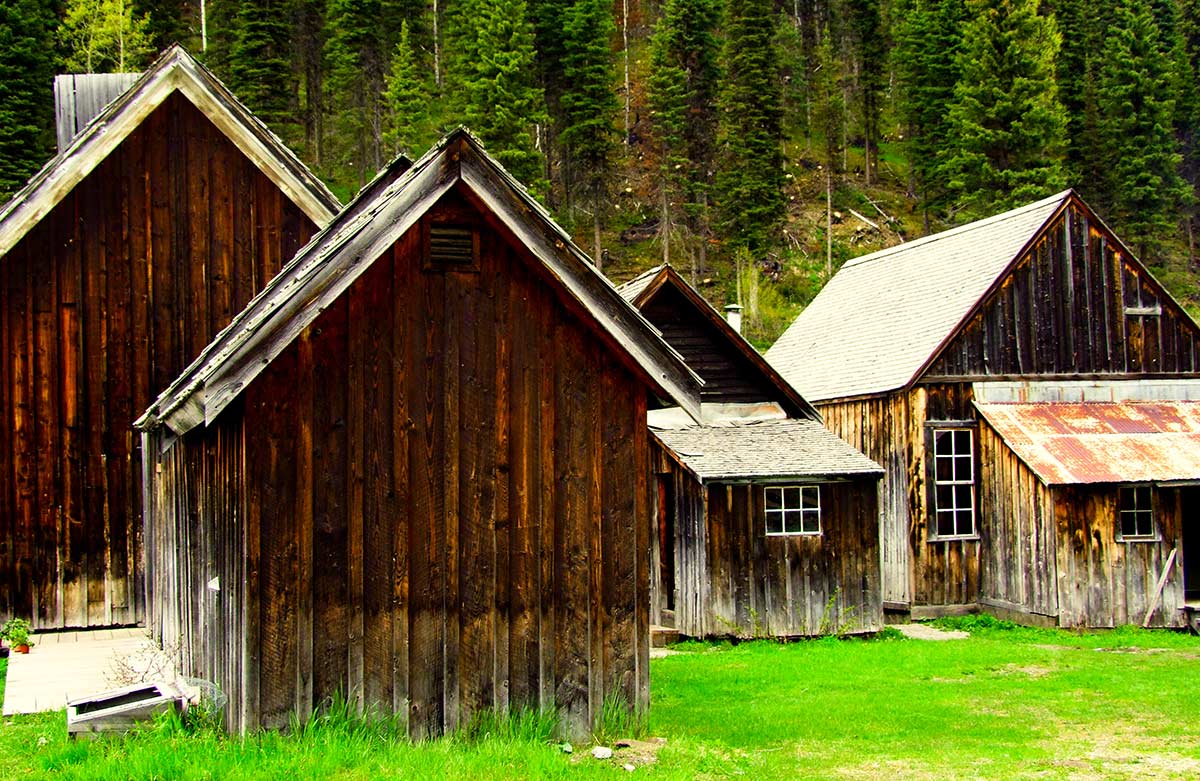
Why was it Abandoned?
As the Gold Rush waned, so did Barkerville’s fortunes. Gold deposits in the area were gradually exhausted and mining operations became less profitable. As the gold supply dwindled, the town’s economy collapsed, and many miners and settlers left in search of new opportunities in other regions. The once-bustling streets fell silent and the town gradually succumbed to the elements.
By the late 1800s, new gold discoveries in other parts of British Columbia, such as the Kootenay and Omineca regions, drew people away from Barkerville. By the early 1900s, Barkerville had become a ghost town, with only a few remaining residents and miners. The once-bustling streets fell silent and the town gradually succumbed to the elements.
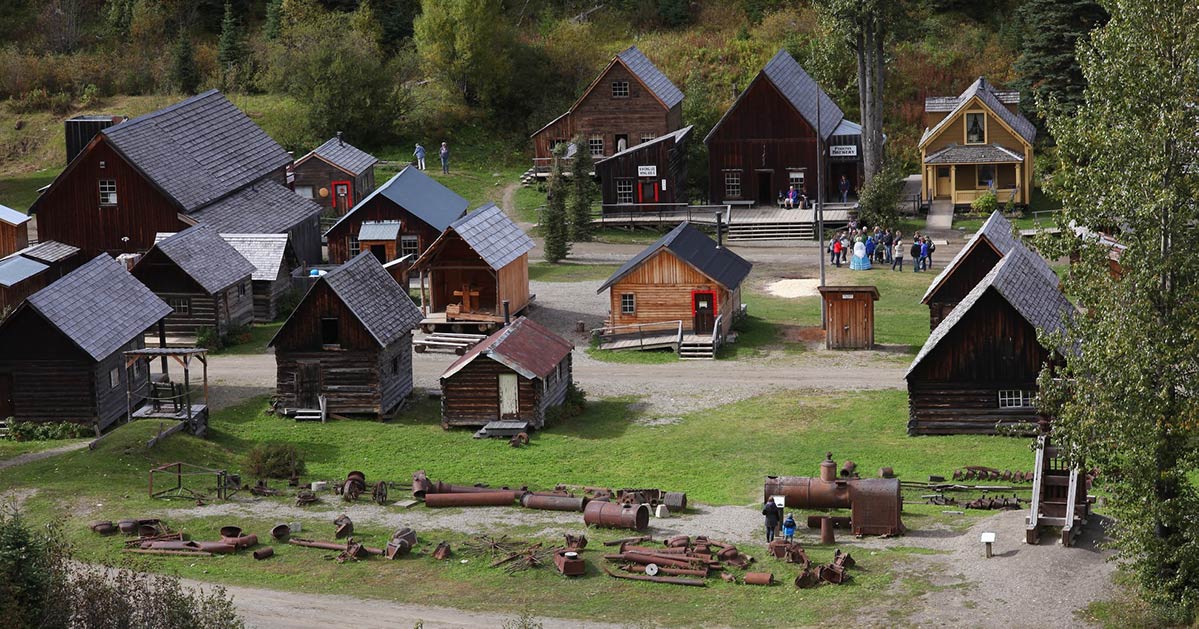
What is Barkerville Like Now?
Barkerville’s historical significance did not go unnoticed. In 1957, the government of British Columbia purchased the town and embarked on a meticulous restoration project.
Today, Barkerville stands as a living museum, offering visitors a glimpse into the past. The meticulously preserved buildings, costumed interpreters and authentic artefacts transport visitors back to the Gold Rush era. It is a tourist attraction that gives an unparalleled glimpse at life in Canada’s Wild West. You can also find the Gold Rush Trail nearby. It’s a popular hiking route which traces the footsteps of those who journeyed to Barkerville in search of gold.
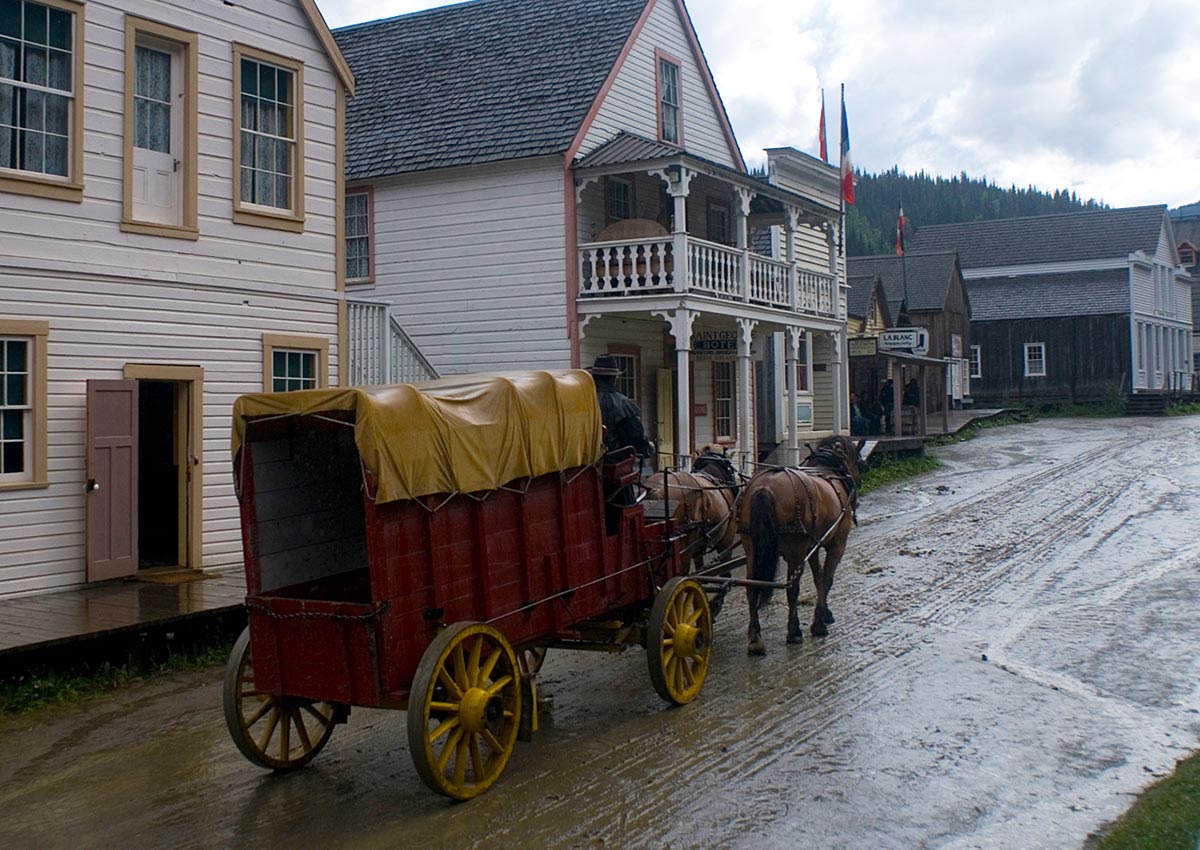
Barkerville’s story is one of dreams, hardships and resilience. It is a reminder of the enduring allure of gold and the fleeting nature of fortune. As a meticulously preserved historic site, Barkerville invites us to step back in time and experience the excitement and challenges of the Gold Rush era. It is a place where history comes alive, and the echoes of the past continue to resonate.

